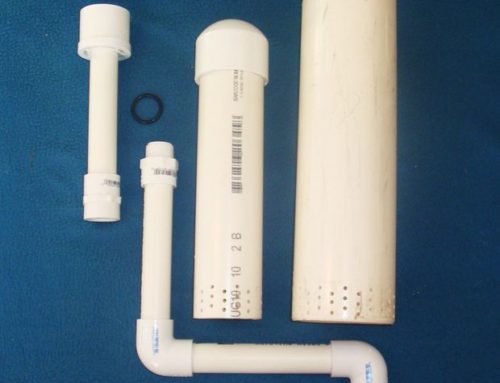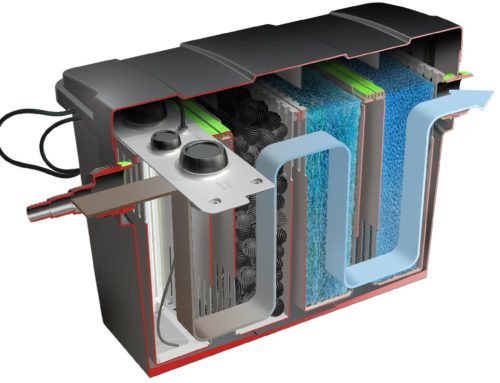Intensive farming or intensive agriculture involves various types of agriculture with higher levels of input and output per unit of agricultural land area. It is characterized by a low fallow ratio, higher use of inputs such as capital and labor, and higher crop yields per unit land area.
No Dig Garden
Strip-till is a conservation system that uses a minimum tillage. It combines the soil drying and warming benefits of conventional tillage with the soil-protecting advantages of no-till by disturbing only the portion of the soil that is to contain the seed row.
Benefits of Strip till
Strip till warms the soil, it allows an aerobic condition, and it allows for a better seedbed than no-till. Strip-till allows the soil’s nutrients to be better adapted to the plant’s needs, while still giving residue cover to the soil between the rows. The system will still allow for some soil water contact that could cause erosion, however, the amount of erosion on a strip-tilled field would be light compared to the amount of erosion on an intensively tilled field. Furthermore, when liquid fertilizer is being applied, it can be directly applied in these rows where the seed is being planted, reducing the amount of fertilizer needed while improving proximity of the fertilizer to the roots. Compared to intensive tillage, strip tillage saves considerable time and money. Strip tillage can reduce the amount of trips through a field down to two or possibly one trip when using a strip till implement combined with other machinery such as a planter, fertilizer spreader, and chemical sprayer. This can save the farmer a considerable amount of time and fuel, while reducing soil compaction due to few passes in a field. Strip-till conserves more soil moisture compared to intensive tillage systems. However, compared to no-till, strip-till may in some cases reduce soil moisture.
Challenges of both Strip-till and No-till systems
In reduced tillage strategies, weed suppression can be difficult. In place of cultivation, a farmer can suppress weeds by managing a cover crop, mowing, crimping, or herbicide application. The purchase of mowing and crimping implements may represent an unjust expenditure. Additionally, finding an appropriate cover crop mix for adequate weed suppression may be difficult. Also, without mowing or crimping implements it may not be possible to achieve a kill on the cover crop. If mowing, crimping, and suppression with a cover crop mixture fail, herbicides can be applied. However, this may represent an increase in total farm expenses due to herbicides being used in place of cultivation for weed suppression.




